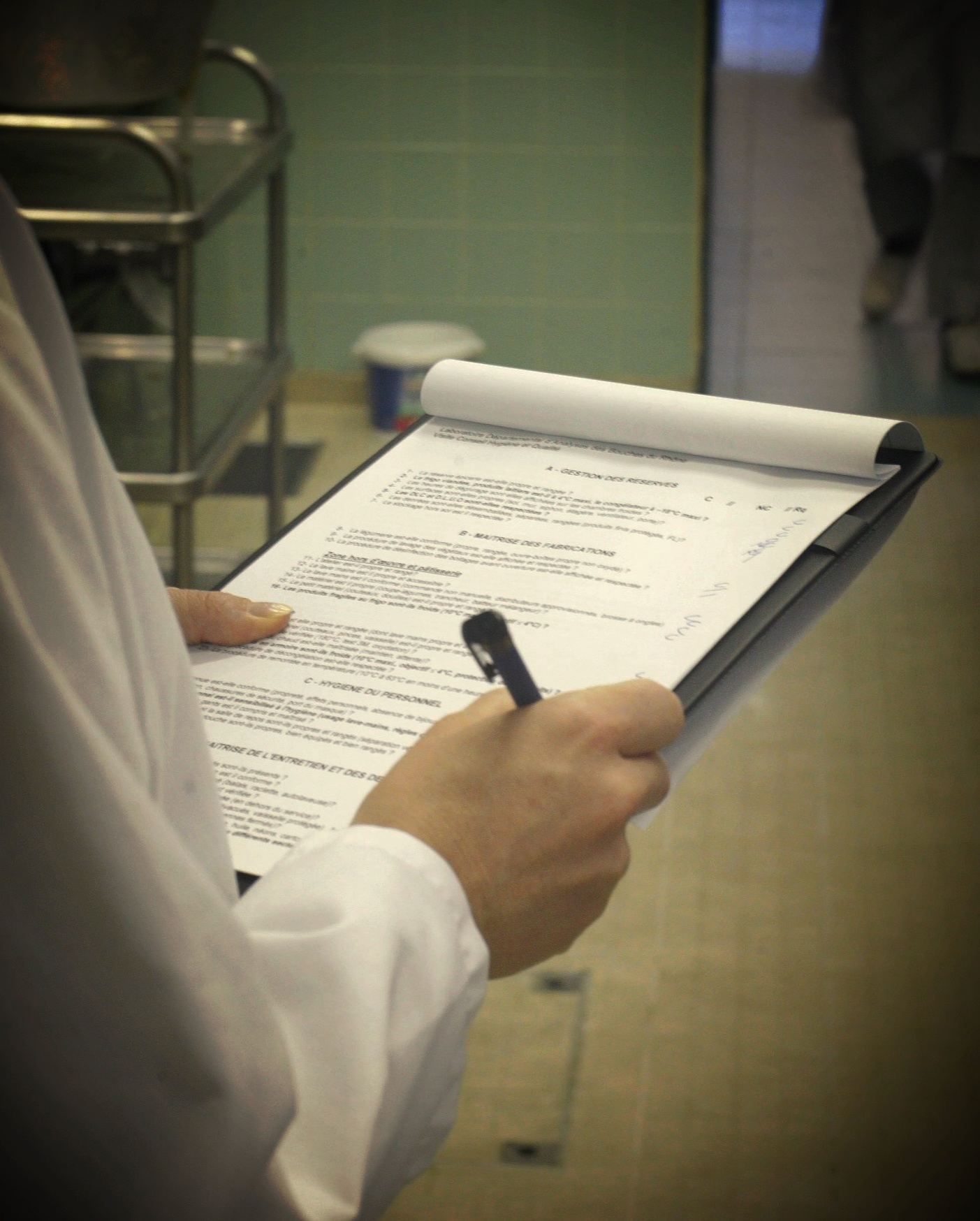5 Steps for Effective HACCP Reassessments

HACCP Plan reassessments are required to be performed at least once a year. It is not only mandated by USDA and FDA regulations, but also by the Global Food Safety Initiative (GFSI) for companies certified under SQF, BRC, FSSC 22000 or IFS. In short, your HACCP plan should be a living document that continually and accurately reflects current operations. It assures your food safety system is kept up-to-date throughout the year.
Reassessments are necessary whenever any changes occur that could affect your hazard analysis or alter any current HACCP plans.
Example circumstances for HACCP reassessment include:
- Changes to or addition of new ingredients
- Revised formulations
- New equipment
- New packaging
- New production processes
- Changes to the intended consumer population
How do you complete an effective HACCP reassessment?
Annual reassessment should include a complete review of the food safety system to verify that a plant’s HACCP plan and prerequisite programs are being followed as written. Reassessment confirms plans have been written accurately to meet Food Safety Inspection Service (FSIS) requirements, and is a key part of the HACCP system validation process.
Changes to the HACCP systems during the year should be documented on a reassessment worksheet. When making notes, evaluate if the changes have any impact on product descriptions, process flow charts, hazard analysis, or HACCP plan summaries.
Be aware of new regulatory requirements and changes to scientific literature that may have been recently published in peer-reviewed journals. Changes like these could have an impact on the hazards identified or limits used for critical control points. Make sure these changes are properly incorporated into your HACCP plan and supporting documentation.
Now, you are ready to begin the process.
1. Document Review
Review all written HACCP plans, SSOP’s and relevant prerequisite programs for verification and accuracy. All records must be reviewed to assure they capture the requirements of the programs.
Read each program carefully and confirm that they accurately summarize your current operations and practices. It is important to also guarantee any process flow charts you’ve created correlate with hazard analysis and vice versa.
The process flow chart represents the entire manufacturing process from the receiving of raw materials to the shipment of the finished product. Care must be taken not to overlook parts of the process such as rework, returned product or auxiliary inputs such as water, ice, and air.
2. Plant Audit
Complete a plant audit to verify the HACCP plan is being followed and is accurately written.
When conducting your plant audit be sure to include:
- Process flow chart verification – physically walk through the production process
- Audit of CCP monitoring
- CCP verification requirements
- Critical operational parameter controls monitoring
3. Records Review
Conduct a thorough review of CCP records, SSOP records, PRP records, and corrective action records. Verify compliance with your written program and records.
Look at all relevant microbiological tests results for product testing, food contact surface testing, and environmental testing results as part of the validation process. These test results prove that hazards are effectively controlled.
4. Decision Making
Complete decision making documents for all CCP’s and critical operational parameters. These documents become part of the supporting documentation for your HACCP plan.
Decision making documents capture the thought process used to identify hazards, CCP’s, and critical limits or target limits used to maintain controls. Relevant scientific or regulatory supporting documentation should also be summarized in these documents for validation purposes.
5. Reassessment Documentation
Complete reassessment documentation. This should include a reassessment report summarizing the process and any subsequent changes.
At a minimum, include scientific support and summaries of in-plant validation data. Additionally, completing a reassessment checklist demonstrates what was evaluated at the plant.
Be sure validation worksheets summarize CCP’s. Include critical limits and operational parameters, along with your plant’s specific goal.
Best Practices
Reassessments can be completed by internal personnel, however, it is highly recommended you allow a third party to complete a HACCP plan reassessment at least once per year. This investment helps to assure all steps are completed and documented accurately.
A different perspective will identify important issues. This practice may help your company prevent a foodborne illness outbreak, a major recall, and regulatory non-conformances.
Final Thoughts
Hopefully, the days of some plants merely changing the date on a cover page of a HACCP plan are long gone. There are no excuses under new regulations.
Taking these five steps can not only help you sleep better every night, but could also prevent a catastrophic situation that could cause the downfall of your entire company. Ultimately, proper reassessment helps to protect your brand reputation and bottom-line.





